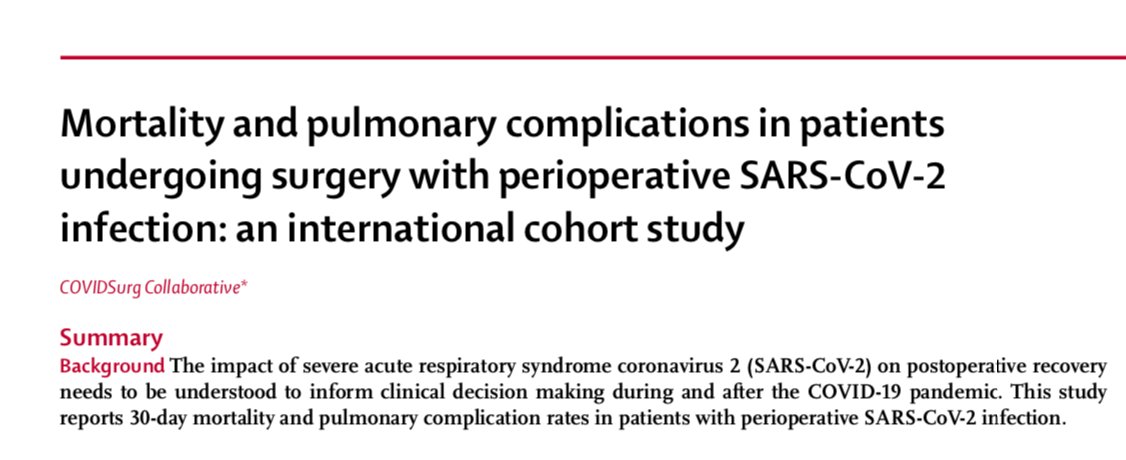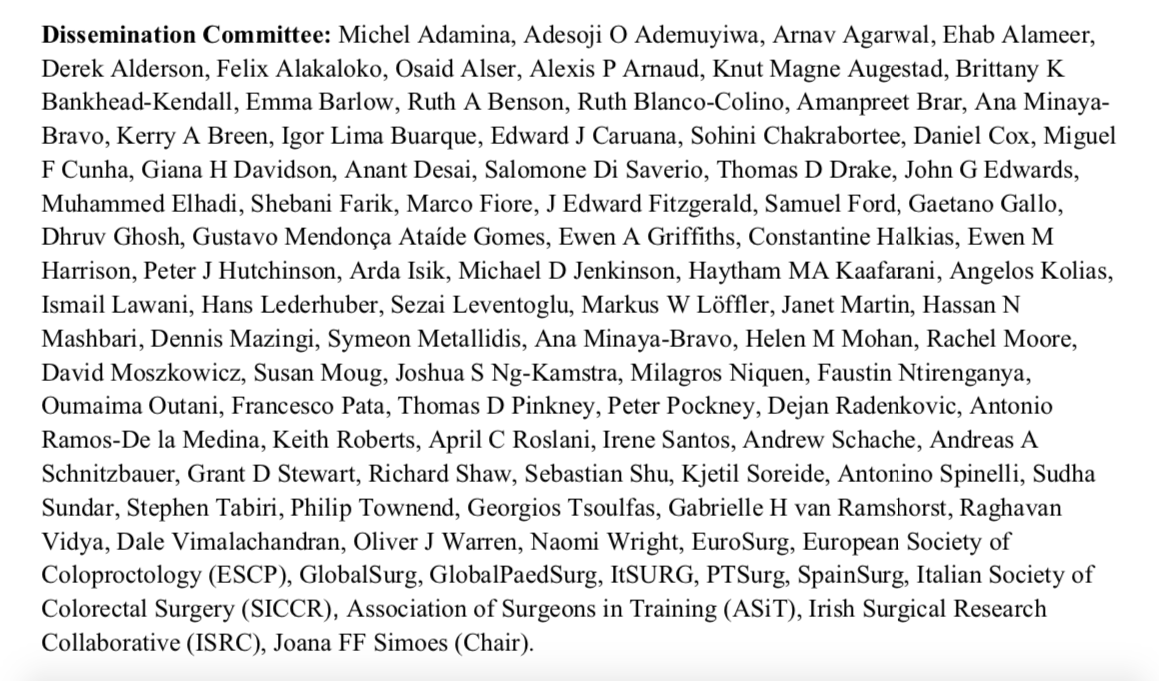
This year I peer reviewed perhaps x10 more manuscripts than I wrote myself (as lead author).
Here's what I have taken away about how authors can help me to produce peer review that will be useful for journal + the authors.
@BJSurgery @ColorectalDis @Anaes_Journal @PLOSGPH
1/15
Here's what I have taken away about how authors can help me to produce peer review that will be useful for journal + the authors.
@BJSurgery @ColorectalDis @Anaes_Journal @PLOSGPH
1/15
A clear TITLE that captures the topic and study design is important. It primes me for what I am going to read next, so I can start organising my own thoughts. Factors to consider reviewing e.g. RCT versus meta-analysis are very different.
2/15
2/15
I don't read cover letters etc. Instead, authors who paying great care to their ABSTRACT, including one liners for aim and conclusion, really help me to quickly grasp their study. A poor abstract almost always a harbinger of a poor manuscript
3/15
3/15
The shorter a manuscript - whilst ensuring all key methodology and results covered - the better, as it's easier for me! Consider using supplemental materials for useful but non-essential information that might otherwise interrupt the flow of the manuscript.
4/15
4/15
In particular, keeping introduction (3 paragraphs, ending with a clear study aim) and discussion (~5 paragraphs) is optimal to provide all the information I need, without overloading me with peripheral info that distracts from the work you have done.
5/15
5/15
The key manuscript section for me is the METHODS. The first things I look for are (if applicable) - was the appropriate reporting guideline used and study registration (ISCRTN, PROSPERO etc) or protocol pre-publication.
6/15
6/15
Nearly all manuscripts I recommend for rejection are because of key flaws in the methods. Please make sure that when you start your study, you collaborate with experts who can ensure you execute a robust study. I can't help you if your study is fundamentally flawed.
7/15
7/15
Spend lots of time on your methods section so that it is sufficiently detailed and clear that I could repeat your study and analyses. Describe statistical analyses in full, but avoid jargon. Explain any non-standard terms, concepts, tests.
8/15
8/15
Please also try to avoid non-standard acronyms or labelling groups with letters/ numbers (Group A, Group B etc). This can be very confusing (and annoying) for reviewers (and readers). Instead use clear descriptive names for groups.
9/15
9/15
Before reading results, I look at TABLES and FIGURES. Placing them all at the end of the manuscript (rather than in text) makes this easier. Using clear descriptive titles for tables/ figures helps me to understand them quickly.
10/15
10/15
Make sure all axes are labelled on charts. Avoid pie charts (@ewenharrison's advice!) or any other figures that are difficult to interpret or add nothing to the information in tables. Provide captions to defined any abbreviations.
11/15
11/15
When reporting OR/ RR/ HR etc, be explicit about what the reference category is. The less time I have to spend trying to understand the data, the more favourable my review will be - as it indicates a clear, careful analysis.
12/15
12/15
Poor tables/ figures often reflect poor methodology and/or analysis and will predict a confusing results section.
13/15
13/15
What I don't look at
>Grammar/ spelling
>Specific formatting/ style, so long as it is clear
>Prestige of names on your authorship (I probably don't know them and frankly don't care - it's about the science not personality)
>Whether you have cited 'big names' (as above)
14/15
>Grammar/ spelling
>Specific formatting/ style, so long as it is clear
>Prestige of names on your authorship (I probably don't know them and frankly don't care - it's about the science not personality)
>Whether you have cited 'big names' (as above)
14/15
I volunteer as a peer reviewer in my own time (zero payment, little recognition).
I'm doing it to help both readers + you, so please take comments in good faith.
I won't always be right - so feel free to push back in your response to reviewers with reasoned arguments.
15/15
I'm doing it to help both readers + you, so please take comments in good faith.
I won't always be right - so feel free to push back in your response to reviewers with reasoned arguments.
15/15
• • •
Missing some Tweet in this thread? You can try to
force a refresh













